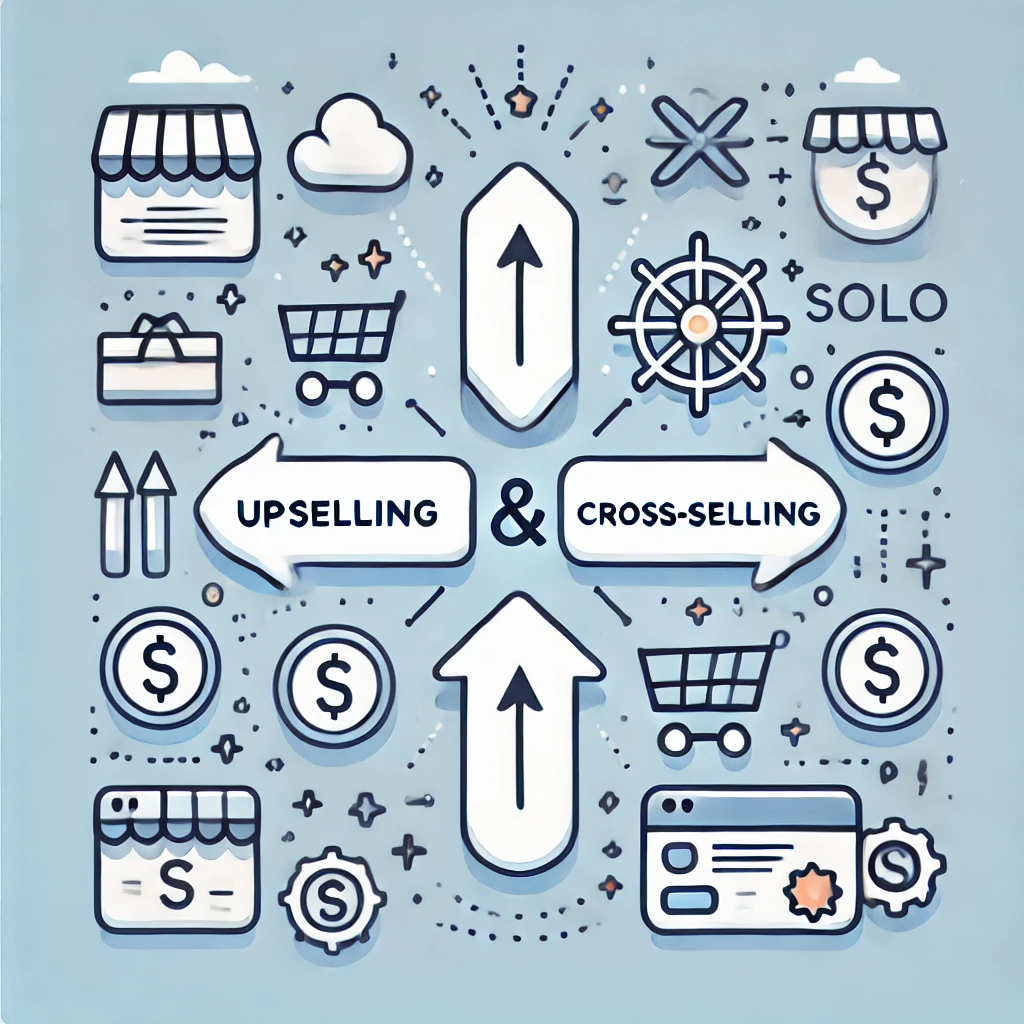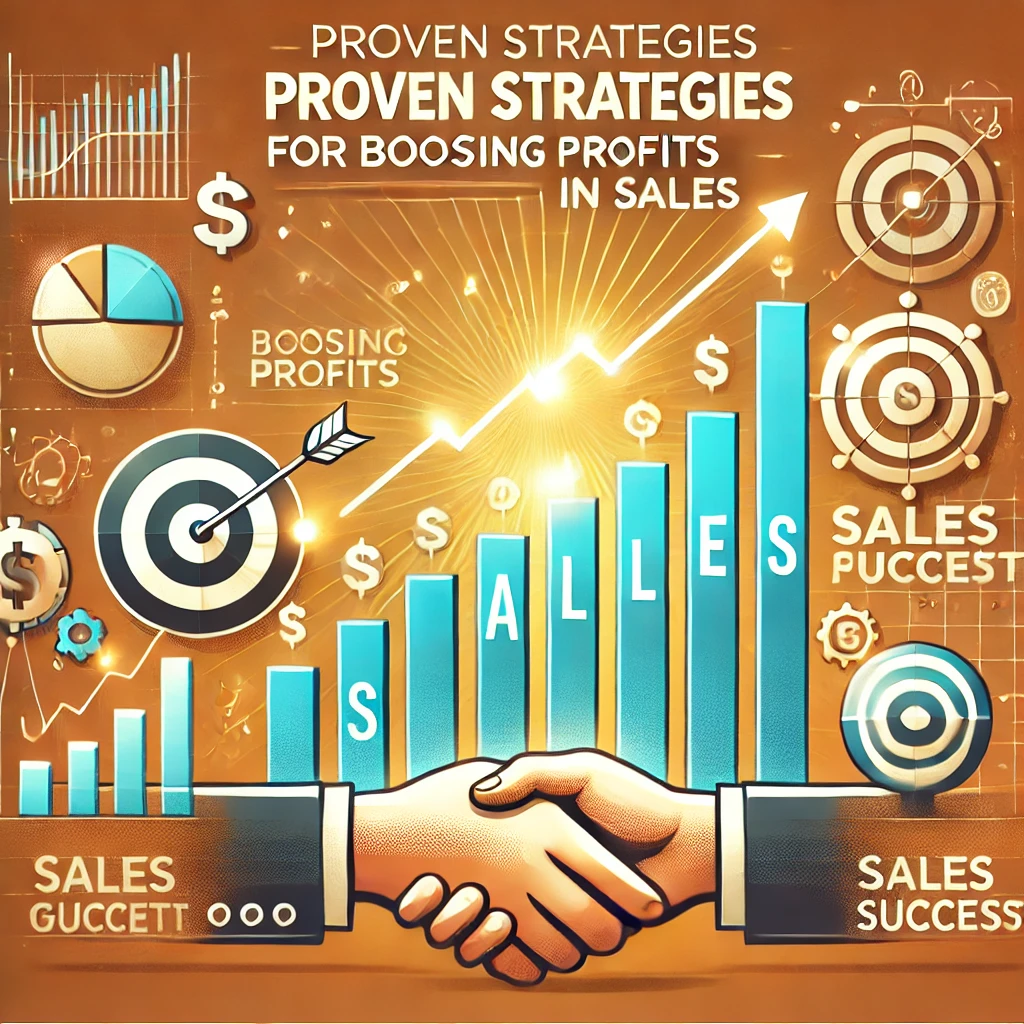
The key to successful upselling and cross-selling is making sure your recommendations align with your customers’ needs and preferences. Here’s how you can use these strategies without overwhelming or alienating your customers:
- Understand Your Customer’s Needs
The first and most important step is to understand what your customer truly needs. This means listening actively and asking insightful questions to uncover their pain points or desires. Upselling and cross-selling should never feel like you’re trying to push something unnecessary onto a customer.
For example, if a customer is buying a laptop, you might ask them about their work or entertainment preferences. Based on their responses, you can suggest an upgraded laptop with a larger storage capacity or better graphics, or offer accessories like a laptop case or wireless mouse that will enhance their experience.
- Be Relevant and Personalize Your Offer
Both upselling and cross-selling are most effective when the additional product or upgrade is genuinely relevant to the customer’s purchase. Generic suggestions that don’t align with the customer’s needs will come across as a sales tactic rather than a helpful recommendation.
Upselling: If a customer is buying a mid-range product, suggest the high-end version that offers more value, but ensure it’s something that fits their needs. For example, a customer buying a basic smartphone could be offered the next model up with better features like a higher-resolution camera if they mention photography as a hobby.
Cross-selling: This technique works best when the products complement each other. For example, if a customer is purchasing a camera, offer them accessories such as a memory card, camera bag, or tripod. If they’re buying a software tool, suggest an additional feature or integration that enhances their workflow.
Personalizing your suggestions makes customers feel like you’re invested in helping them make the best choice, not just trying to increase your commission.
- Timing Is Everything
The timing of your upsell or cross-sell offer is crucial. If you make these suggestions too early in the sales process, it may feel like a distraction. If you make them too late, customers might feel that you’ve “snuck in” additional costs. The best time to offer upsells or cross-sells is when the customer is already invested in their purchase decision.
For example:
Upselling: When a customer has already decided on a product, offer the upgraded version just before they finalize the checkout process. You might say, “I noticed you’re looking at this model; our premium version has a few extra features that could really enhance your experience.”
Cross-selling: Suggest complementary products when the customer is reviewing their order or after they’ve made the initial decision. For example, if they’re buying a dress online, suggest matching accessories like shoes or a handbag.
- Focus on the Value, Not the Price
When upselling, focus on how the higher-priced product will provide additional value to the customer. Highlight the benefits of the upgraded option instead of just the price difference.
For example, instead of saying, “This model is $200 more,” explain, “The extra $200 gets you 50% more storage, so you can store all your photos, videos, and apps without worrying about running out of space.”
With cross-selling, emphasize how the additional products will enhance their overall experience. For example, “This camera case will keep your gear safe while you’re on the go” or “These headphones will pair perfectly with your new laptop for better sound quality.”
- Be Transparent and Honest
If upselling or cross-selling feels like you’re pushing a product just to make a sale, it’s easy for customers to feel uncomfortable or even misled. Always be transparent about why you’re recommending a particular product or upgrade. Your suggestions should be framed as helpful recommendations, not manipulative tactics.
Honesty is especially crucial if the upsell or cross-sell offers a product that’s clearly not needed. If a customer is purchasing a budget-friendly phone, don’t try to convince them that the latest, most expensive model is essential for them unless it truly offers a significant benefit.
Examples of Upselling and Cross-Selling Done Right
Upselling: A customer orders a basic streaming service, and the sales representative suggests the premium version with exclusive content, offering them a free month as a trial. This increases the value of the customer’s subscription and enhances their viewing experience.
Cross-selling: A customer buying a high-end espresso machine might be offered a bundle that includes premium coffee beans, a grinder, and a cleaning kit. These complementary products enhance the original purchase, offering greater convenience and satisfaction.
Conclusion
Upselling and cross-selling are incredibly effective strategies for increasing sales, but they need to be done thoughtfully and strategically. By understanding your customer’s needs, offering relevant products or upgrades, and ensuring that your recommendations provide real value, you can boost your revenue without seeming pushy. These strategies aren’t just about making more sales—they’re about creating a better experience for your customers, strengthening relationships, and building trust. When done right, upselling and cross-selling can lead to higher customer satisfaction and long-term loyalty, turning one-time buyers into repeat customers.





